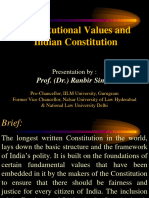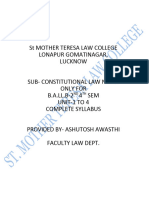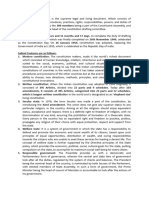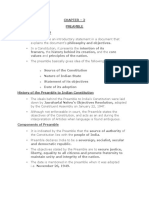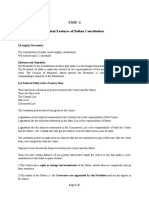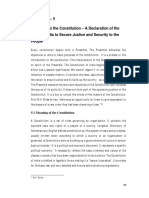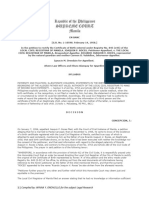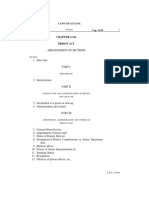0% found this document useful (0 votes)
20 views8 pagesConstitution Assignment No
The document discusses key principles of the Indian Constitution, including the separation of powers, rule of law, socialism, secularism, equality before law, fraternity, and the federal structure. It highlights the roles of the legislature, executive, and judiciary, as well as the significance of socialism in India's political history. Additionally, it emphasizes the importance of fraternity in maintaining unity and integrity among India's diverse population.
Uploaded by
Himanshu MeharCopyright
© © All Rights Reserved
We take content rights seriously. If you suspect this is your content, claim it here.
Available Formats
Download as PDF, TXT or read online on Scribd
0% found this document useful (0 votes)
20 views8 pagesConstitution Assignment No
The document discusses key principles of the Indian Constitution, including the separation of powers, rule of law, socialism, secularism, equality before law, fraternity, and the federal structure. It highlights the roles of the legislature, executive, and judiciary, as well as the significance of socialism in India's political history. Additionally, it emphasizes the importance of fraternity in maintaining unity and integrity among India's diverse population.
Uploaded by
Himanshu MeharCopyright
© © All Rights Reserved
We take content rights seriously. If you suspect this is your content, claim it here.
Available Formats
Download as PDF, TXT or read online on Scribd
/ 8










